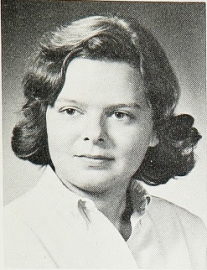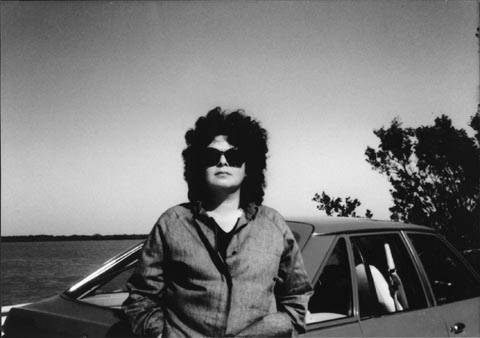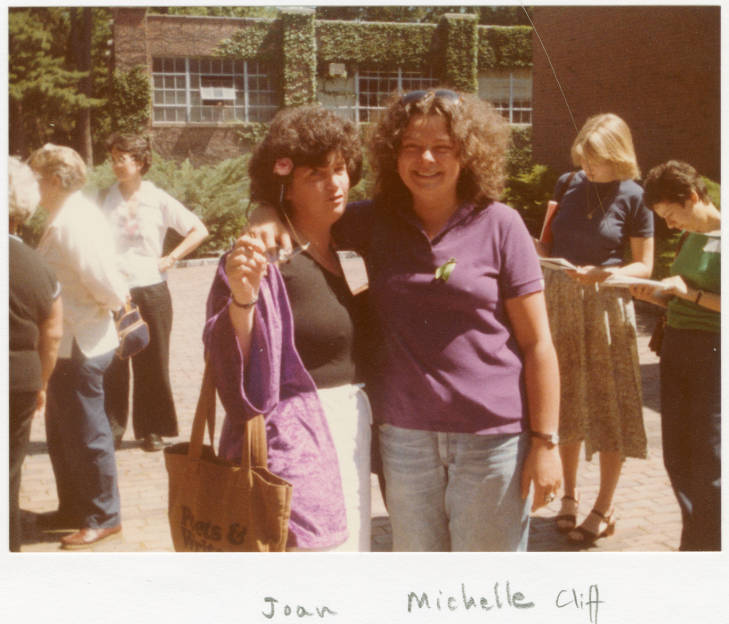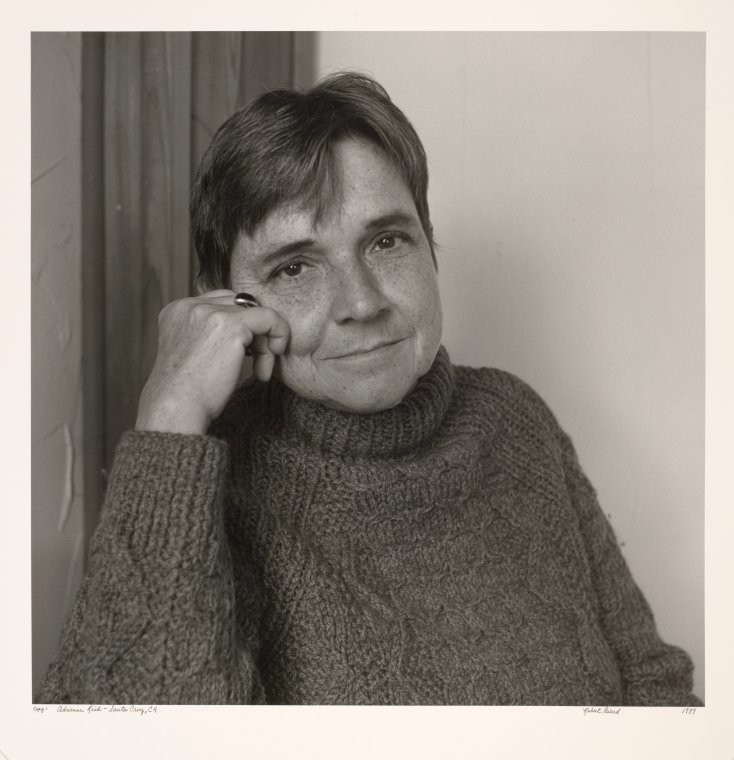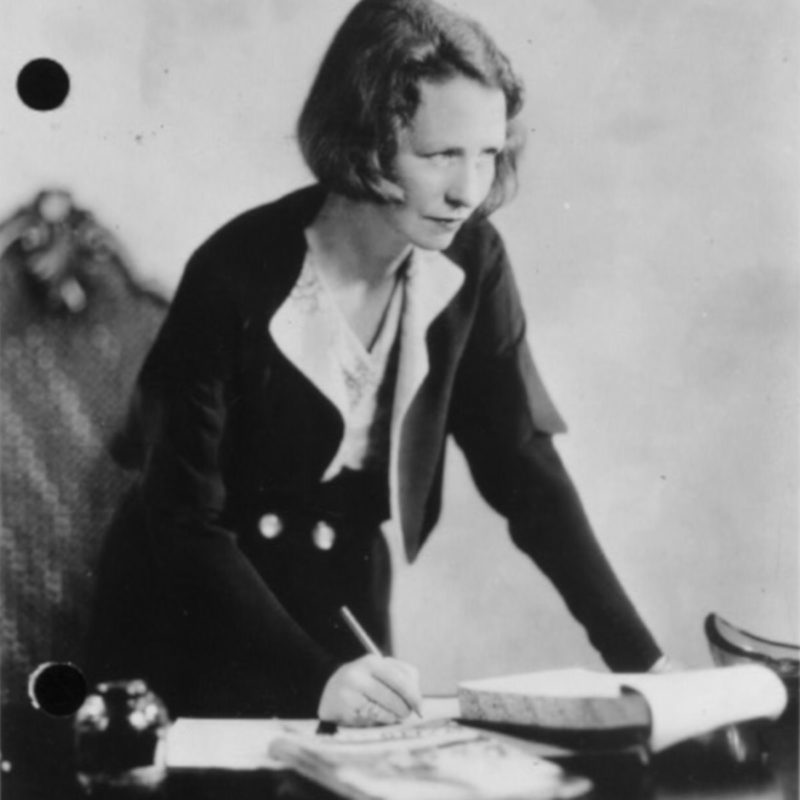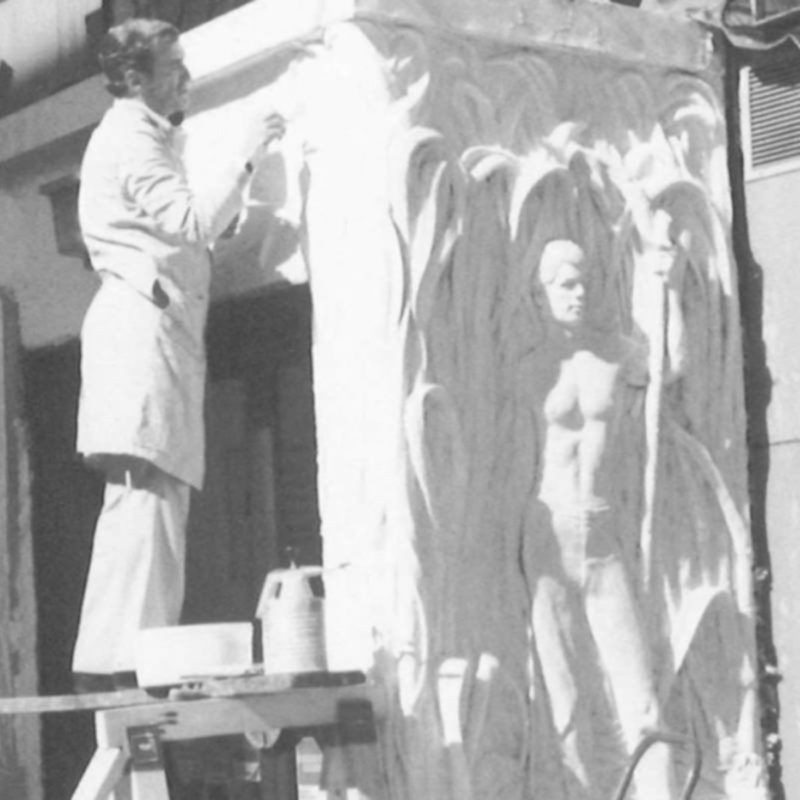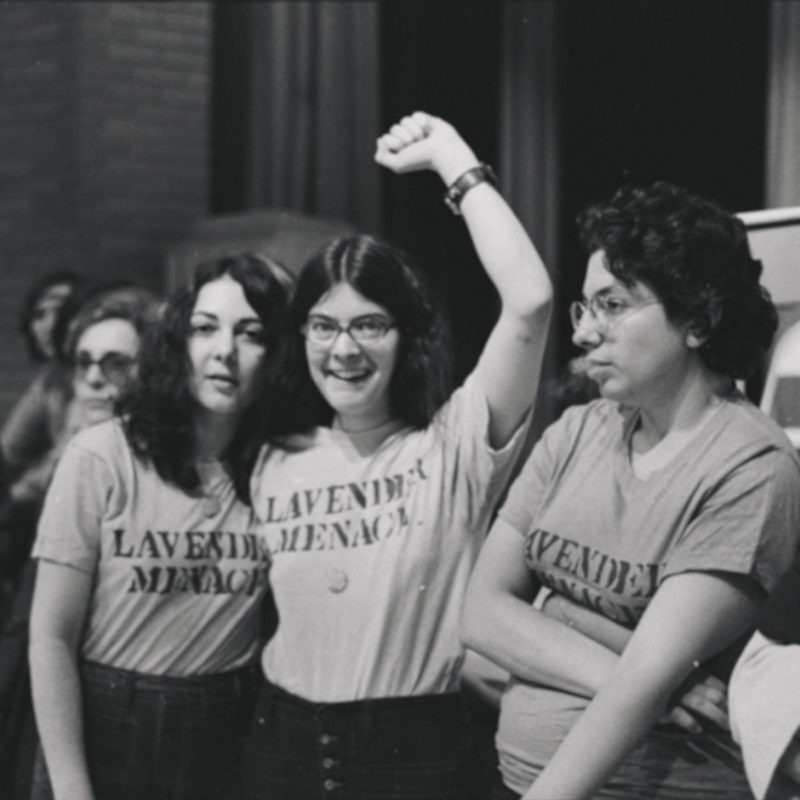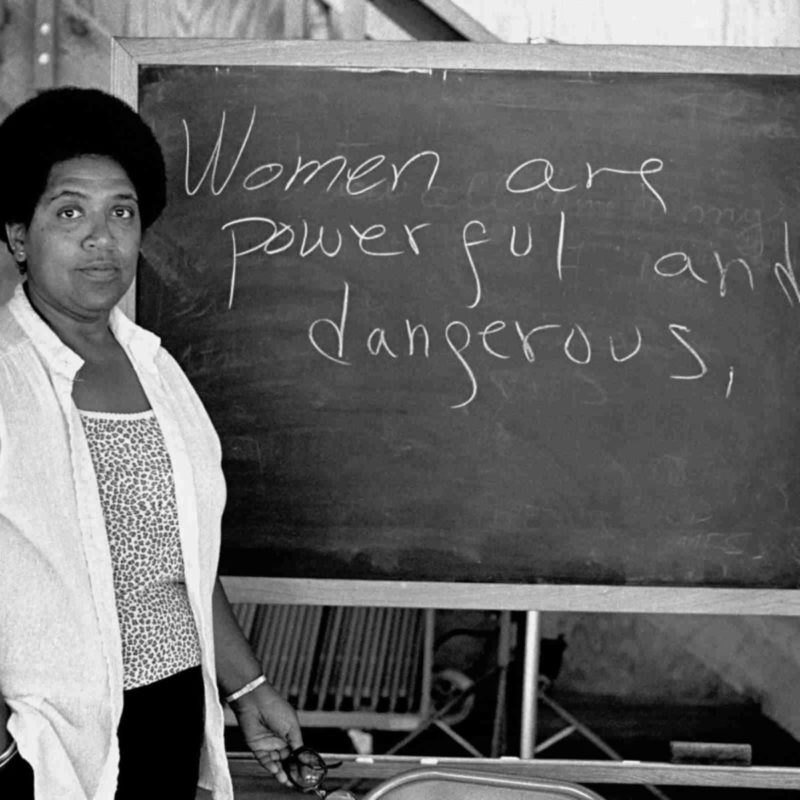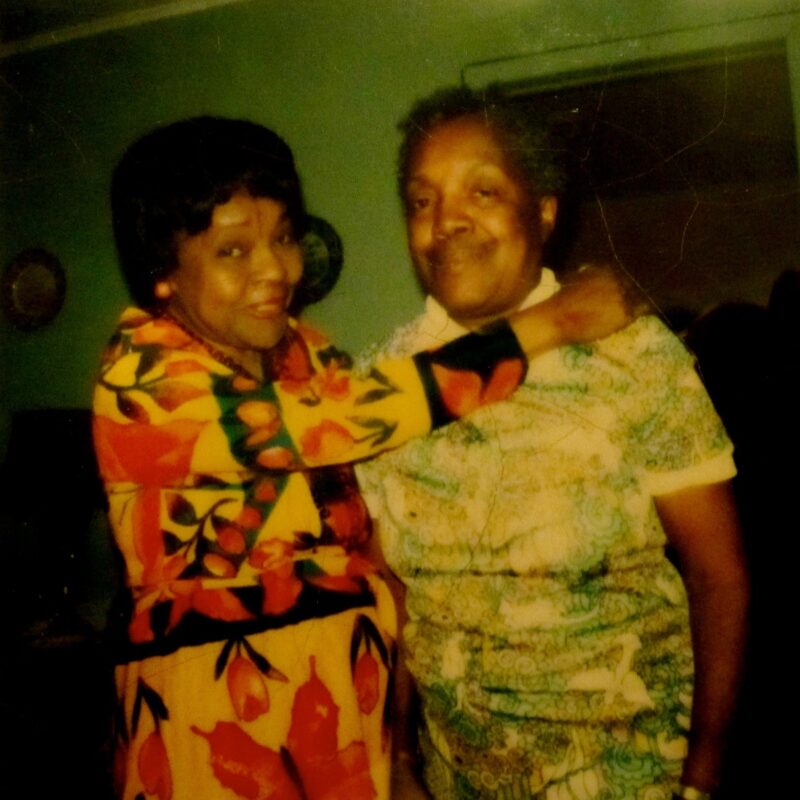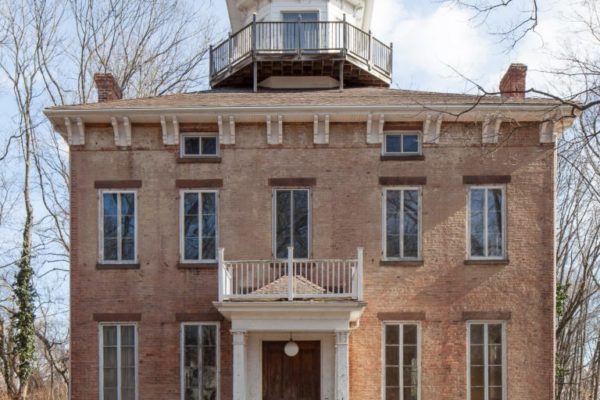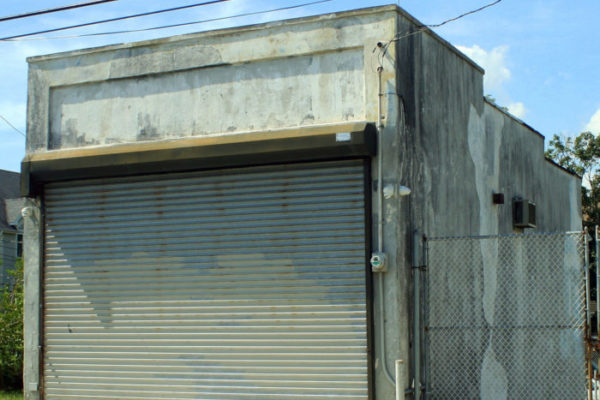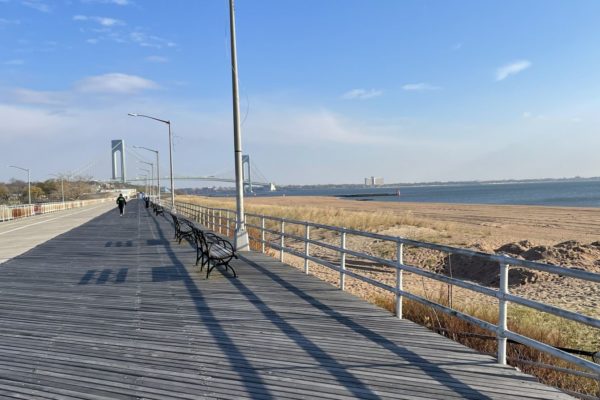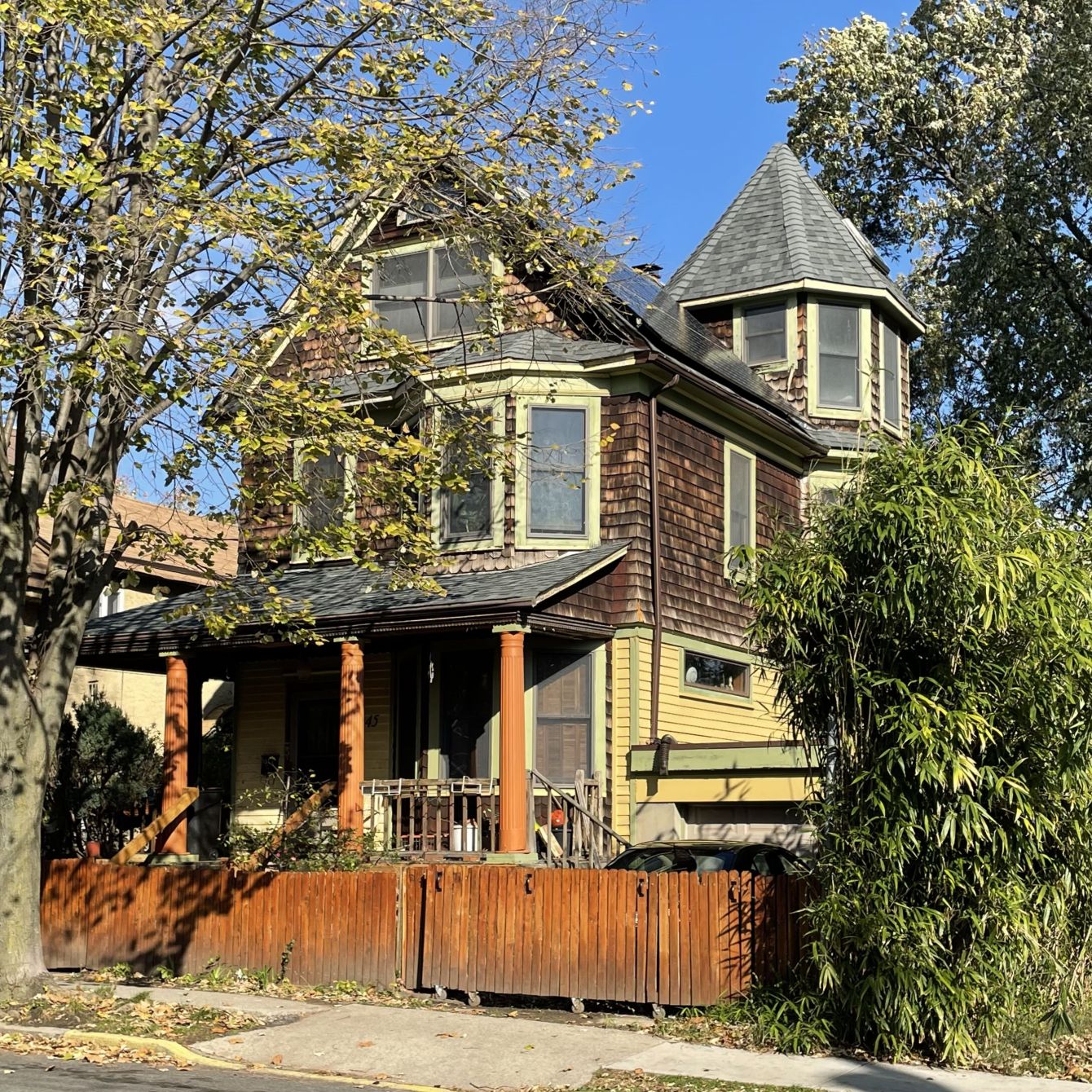
Michelle Cliff Residence
overview
The Jamaican-born author Michelle Cliff was living in this two-family house when she graduated from nearby Curtis High School in 1965.
In later years, when she became a prominent writer, Cliff incorporated memories of her childhood and teen years on Staten Island in several of her short stories.
On the Map
VIEW The Full MapHistory
A leading voice in Black, Caribbean, and lesbian feminist literature, Michelle Cliff (1946-2016) was born to a mixed-race family in Kingston, Jamaica. She moved to Staten Island at the age of three, but returned to Jamaica with her family in 1956. Four years later, when she was fourteen, the family moved back to Staten Island. According to her Curtis High School yearbook entry, she had been living in the two-family house at 45 Belmont Place for about a year when she graduated in 1965. Her family primarily socialized with other Jamaicans on Staten Island and Brooklyn, but passed for white in their neighborhood and at work.
Cliff’s family purchased a house at 45 Fort Hill Circle in 1966, where she likely lived while she attended Wagner College until 1969. In 1975, while working as an editor at W.W. Norton & Co., she met poet Adrienne Rich. They began dating and in 1976 moved in together, establishing a lifelong partnership.
In 1977, Cliff joined a women’s writing workshop. Within a year she was contributing prose poems and essays to the lesbian literary journals Sinister Wisdom and Conditions. In 1980, she and Rich purchased Sinister Wisdom and moved to Amherst, Massachusetts. Cliff gave up her job at Norton to co-edit the journal with Rich and concentrate on her writing. That year, she published her first book, Claiming an Identity They Taught Me to Despise. In 1983, she began teaching at Norwich University’s Vermont College Campus, the first of several faculty positions, which included the Allan K. Smith Professorship of English Language and Literature at Trinity College, Hartford.
Cliff continued to publish prose poetry, memoirs, criticism, short stories, and three novels: Abeng (1985), No Telephone to Heaven (1987), and Free Enterprise (2004). The Poetry Foundation has characterized her work as slipping “between genres, combining history, and criticism in explorations of racism, homophobia, identity, and landscape.” Her strong sense of place is evident in several short stories set on Staten Island. These include “The Ferry,” with its depictions of Staten Island commuters and driving on the streets and boulevards of the island and “The Store of a Million Items,” where Cliff recalled childhood memories of taunting the matron at the local movie theater “who some of us would come to remember as stone butch.” Especially fond of movies, Cliff also presented a detailed and loving description of the splendors of the St. George Theater in her story “Monster,” while Staten Island’s sole lesbian bar, the Beach Haven, was “immortalized” in her 2000 short story “Rubicon.”
Cliff’s sense of her Staten Island history may also have been reflected in the woodcut print of local photographer Alice Austen and her partner Gertrude Tate that she and Rich signed and donated to the Lesbian Herstory Archives.
Entry by Gale Harris, project consultant (January 2020).
NOTE: Names above in bold indicate LGBT people.
Building Information
- Architect or Builder: unknown
- Year Built: 1921
Sources
Judith Raiskin and Michelle Cliff, “The Art of History: An Interview with Michelle Cliff,” Kenyon Review, 15, no.1 (Winter 1993), 57-71.
Julie R. Enszer, “Michelle Cliff,” Lesbian Poetry Archive, bit.ly/38YdOTL.
Julie R. Enszer, “’Creating Alchemy’: On the Work of Michelle Cliff,” Sinister Wisdom (Spring 2019), 102-112.
Lesbian Herstory Archives, “Michelle Cliff” files.
Linda Rapp, “Michelle Cliff,” glbtq.com.
Meryl F. Schwartz and Michelle Cliff, “An Interview with Michelle Cliff,” Contemporary Literature, 34, no. 4 (Winter 1993), 595-619.
“Michelle Cliff, 1946-2016,” The Poetry Foundation, bit.ly/2uLu0bY.
Michelle Cliff, Everything Is Now (Minneapolis: University of Minnesota Press, 2009). [“The Ferry,” “The Store of a Million Items,” “Monster,” and “Rubicon” were reprinted in this collection.]
Office of the Richmond County Clerk, Land Records Search for Carl M. Cliff.
Opal Palmer Adisa, “Journey into Speech – A Writer Between Two Worlds: An Interview with Michelle Cliff,” African American Review, 28. No 2 (Summer 1994), 273-81.
Do you have more information about this site?
This project is enriched by your participation! Do you have your own images of this site? Or a story to share? Would you like to suggest a different historic site?
